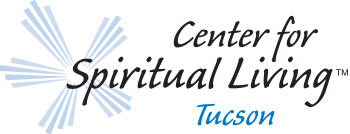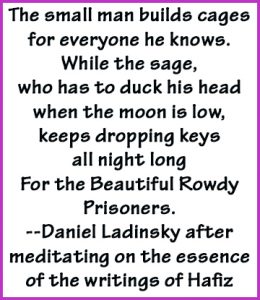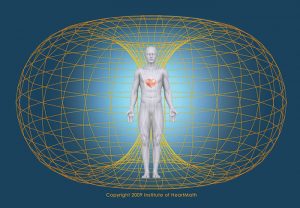Perspective, Perceptions and Expectations
Like everyone else, I dance, and sometimes wrestle, with my perceptions and my expectations of myself and of others. You bet, I get disappointed when (fill-in-the-blank, it almost doesn’t matter, does it?). Sometimes I have to take myself by the hand and remember that it’s not my job to delineate and define exactly how other people are supposed to live. It’s my job to love them, and cut them some slack when they (fill in the blank). It’s not even my job to get too rigid about exactly how I’m supposed to live. It’s my job to love myself, and cut myself some slack when I fail … and then pick myself up and try again. This is also not to say, I benefit in any way from wallowing in self-pity, self-criticism, or any kind of self-hatred, nor do I benefit by thinking that way about anybody else. Further, it doesn’t let me off the hook about continuing to persevere in living up to the beliefs that I hold dear.
During morning practice the other week, I realized I had been speaking poorly about a basil plant that I bought at a garden center. Every time I watered it, I felt sad that it was so pitiful looking, and I said so. On reflection, there was no surprise that it withered away. Duh.
Dr Ernest Holmes wrote (The Science of Mind 387.1), “The spiral is ever upward. Evolution carries us forward, not backward. Eternal and progressive expansion is its law and there are no breaks in continuity. It seems to me that our evolution is the result of an unfolding consciousness of that which already is, and needs to be realized, to become a fact of everyday life.”
Each and every one of us is forever, even if it doesn’t feel like, seem like it, or look like it, on an upward trending track. This evolution is not measured in individual acts, but is measured in large sweeps of our lives. Are we on a trajectory toward a more positive way of being in the world? Holmes affirmed “Yes”, even if there doesn’t seem to be any evidence at the moment. We may be moving in microscopically small steps, but the direction is always upward and forward. Always.
I’ve been taking a weekly social evolution class through an organization based in Amsterdam. The theory is that people, and groups, are always evolving towards more complex ways of being. They are pushed by what happens in their lives until they are pulled by their mental models. I first came across this theory, which is called Spiral Dynamics, when I was in ministerial school in 2012, and thought it was the clearest explanation of human psychology at both the level of individuals, and of groups, that I had ever seen.
The model’s originator, Clare W. Graves wrote, “When the individual is finally able to see themselves and the world around them with clear cognition, they find a picture far more pleasant. Visible in unmistakable clarity, and devastating detail, is the human’s failure to be what they might be. This revelation causes them to leap out in search of a way of life and system of values which will enable them to be more than they have been. They seek a foundation of self-respect, which will have a value system rooted in knowledge and cosmic reality where they express themselves so that all others, all beings, can continue to exist. Their values now are of a different order from those at previous levels. They arise not from selfish interest but from the recognition of the magnificence of existence and the desire that it shall continue to be.”
He also wrote, “Damn it all, a person has a right to be who he is.” Anytime I wish someone to be different than they are, or myself to be different than I am, I get to take a step back and re-look at my expectations. Almost certainly what has happened is that I have forgotten that everybody has a right to be who they are, and learn from whatever life experiences they’re having. Thankfully, it’s not my job to choreograph their life, and it’s not my right to critique it.
And so, after this great big attitude adjustment, I circle back to Don Miguel Ruiz’s The Four  Agreements and remind myself what’s actually within my own personal scope. “Be impeccable with my word” (Don’t speak against myself or others), “Take nothing personally” (Nothing others do, or say, has anything to do with me), “Don’t make assumptions” (Ask, speak, and don’t assume anything), “Always do your best” (Remember that everyone already is doing their best, including me.).
Agreements and remind myself what’s actually within my own personal scope. “Be impeccable with my word” (Don’t speak against myself or others), “Take nothing personally” (Nothing others do, or say, has anything to do with me), “Don’t make assumptions” (Ask, speak, and don’t assume anything), “Always do your best” (Remember that everyone already is doing their best, including me.).
Reframing of my perceptions, perspective and expectations is always in order.
–Rev Janis Farmer






